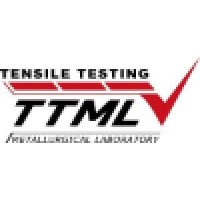
Stealth Valve & Controls Ltd
Established in 1991, we are a distributor and manufacturer of valves, controls and accessories. Our installed base ranges from high volume OEMs to major Cities and Municipalities with abilities to manage major supply contracts in Canada. Stealth Valve & Controls Ltd. designs and manufactures Damper Valves up to 130 Inch, Energy Dissipating Valves up to 78 Inch and specialty High Cycle Valves including accessories. Stealth’s major markets are Water, Waste Water, Petro - Chemical, Mining, Food and Beverage and the Power industries including the IPPA’s. We are committed to serving our industry with products and service that exceed typical industry standards. We are dedicated to serving the process piping industry with a high degree of knowledge and professionalism ensuring valves, actuators and controls are properly selected for the appropriate application. Our Purpose is to earn and maintain loyal consumers by providing consistent high quality, cost-effectiveness and customer service. Stealth Valve & Controls Ltd. remains committed to expanding its range of new products for this industry.






